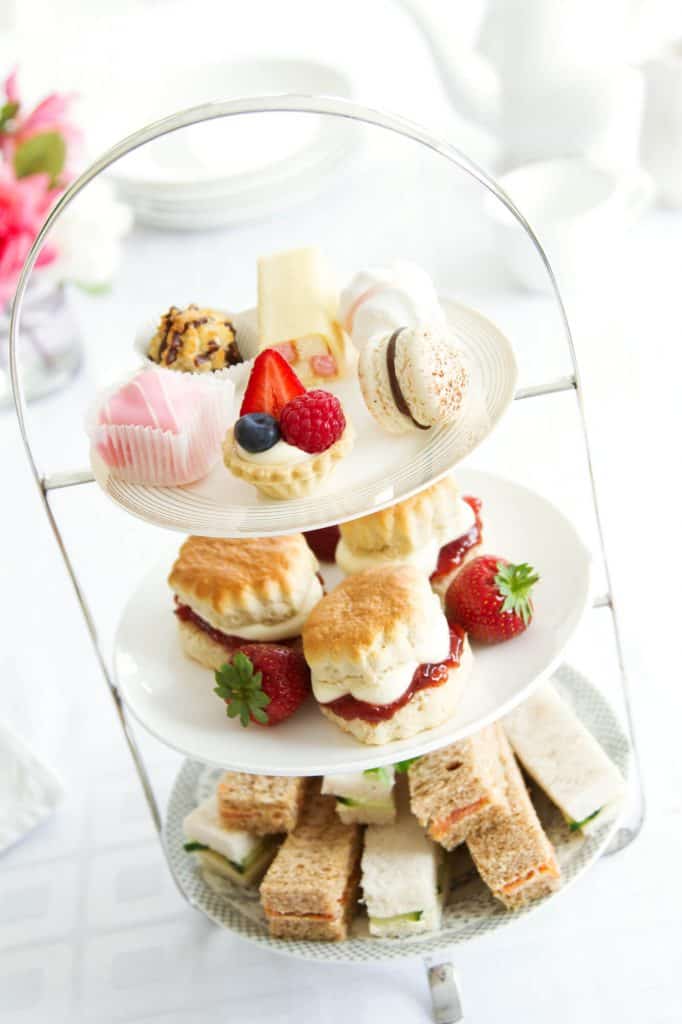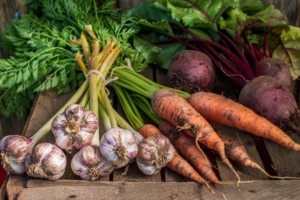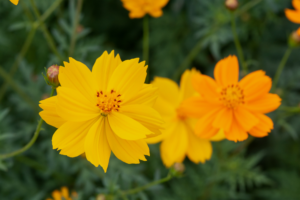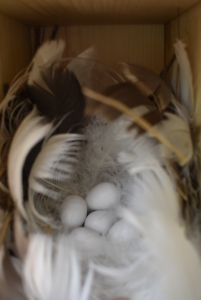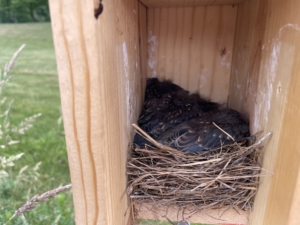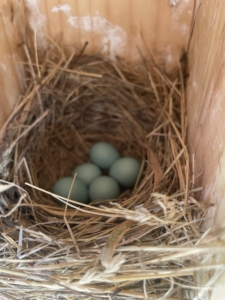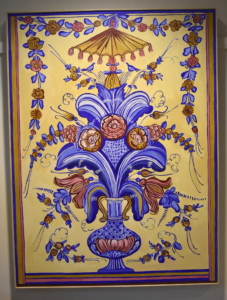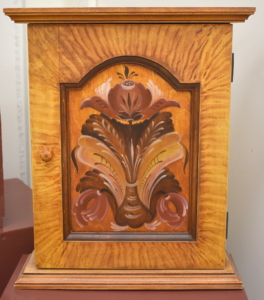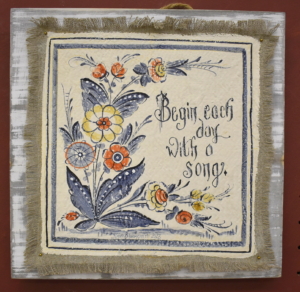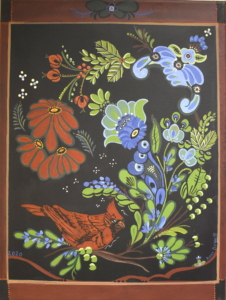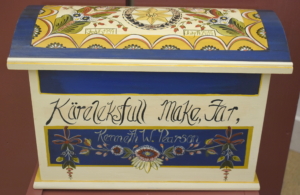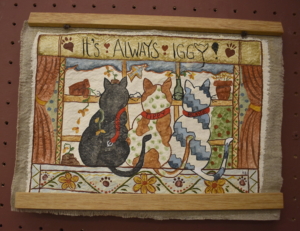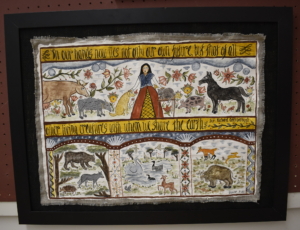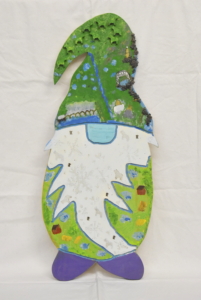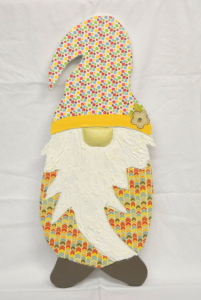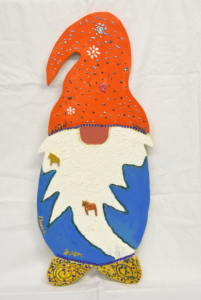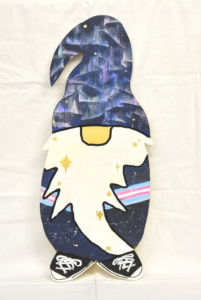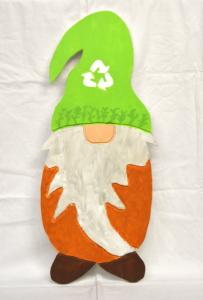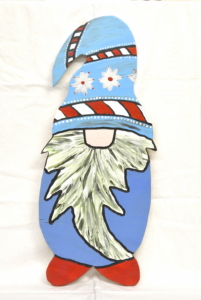Pieper Bloomquist, North Dakota
Kurbits in Vase – Limfarg, directly translated means “glue paint.” The artist colors are powdered pigment mixed with a warm glue made of animal hide or bone. This distemper paint is one of the traditional materials used by historical dal painters from the 18th and 19th centuries, as they traveled the region of central Sweden painting farm house interiors or doing commission work.
Begin Each Day – The phrase is homage to my mentor and dear friend, Karen Jenson, of Milan, Minnesota. She had painted this phrase on the inside the cover of a small box that sat on her dresser, and it reminds me of her outlook on life. Casein (a milk protein) mixed with powdered pigment forms the artist colors. The ground paint is homemade from an old recipe using flour, eggs, and chalk. These are some of the traditional materials used by the historical painters in Dalarna, along with linen, which was available due to the amount of flax grown in Sweden during the 18th and 19th centuries.
Silver Linings – The title Silver Linings, refers to the positive emotional outcomes of the quarantine during the Covid-19 pandemic during the spring of 2020. DUring this time, many people experienced a shifting in priorities as we were forced to face our own mortalities, reexamine how we spend our time and money, and isolate from our family, friends, work, and social environments.
This artwork shows the beautiful story of things that people were doing throughout our country, and specifically in the state of North Dakota, to make our isolation experience a little bit better for ourselves and each other.
Text: Pandemic Spring North Dakota. We join together while staying apart: making masks, cutting hearts, bringing poetry, music, and color to our elders. Tending things that grow, distributing essentials, and showing quiet love through a window. Grateful for a glimpse. Painted for the North Dakota Council on the Arts. Ar [year] 2020 by Pieper Fleck Bloomquist.
Top Panel: USDA Farmers to Families Food Box Program, supporting those impacted by the closure of hotels, restaurants, and other food source businesses by trucking food to a distribution center for local families.
Middle Panel: Bonadsmalning is modeled after medieval woven tapestries, and like those tapestries, the most important scenes were centered under an arch. The making of protective face masks, and the World of Hearts Facebook campaign are featured here, with essential workers flanking the center scene – in full PPE. On the far sides are musicians helping sustain local culture by assisting churches host services over radio transmitters.
Bottom Panel: The five sections narrate efforts to help our elders cope while isolated in healthcare and eldercare facilities. Across the state, musicians performed outdoor concerts in the courtyards, artists painted on windows and sidewalks, and writers spoke with elders through a window or on a cell phone to help put their memories into words. There was even a family in the Fargo/Moorhead area that rented a scissor lift to bring them up to the second-floor window for Grandma’s 90th birthday! All of these efforts were to help maintain relationships and human contact in a safe way.
“Mike Calls His Mom” found in the bottom panel towards the left, is my husband. During this time his mother required surgery and subsequent placement in a facility, where she eventually died while in isolation, THis scene is what I saw when she had been moved to the ground floor and we saw her for the first time. I remember looking at those other families, and at Mike, and all I could think was, “Look at all the love at these windows.”
This project is supported in part by a grant from the North Dakota Council on the Arts, which receives funding from the state legislature and the National Endowment for the Arts.
Exhibit numbers: 16, 19, 33









